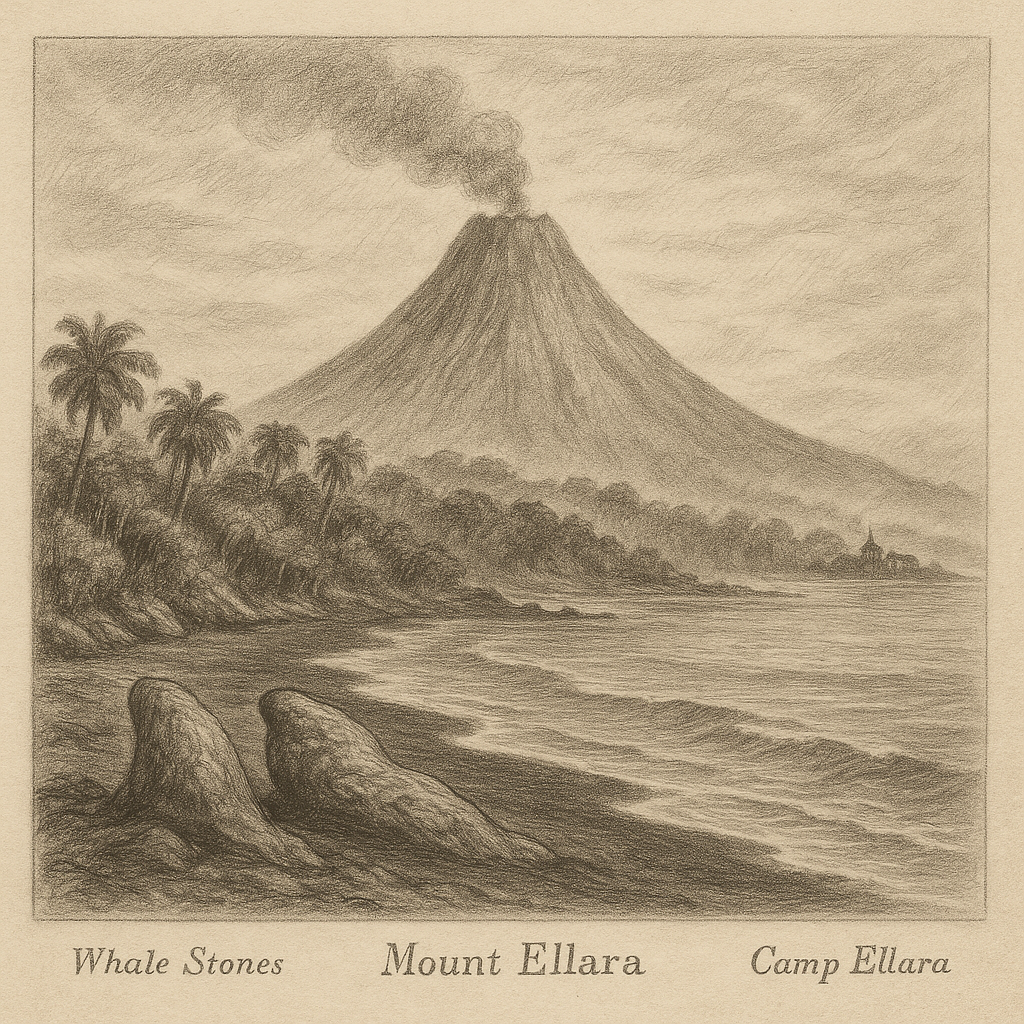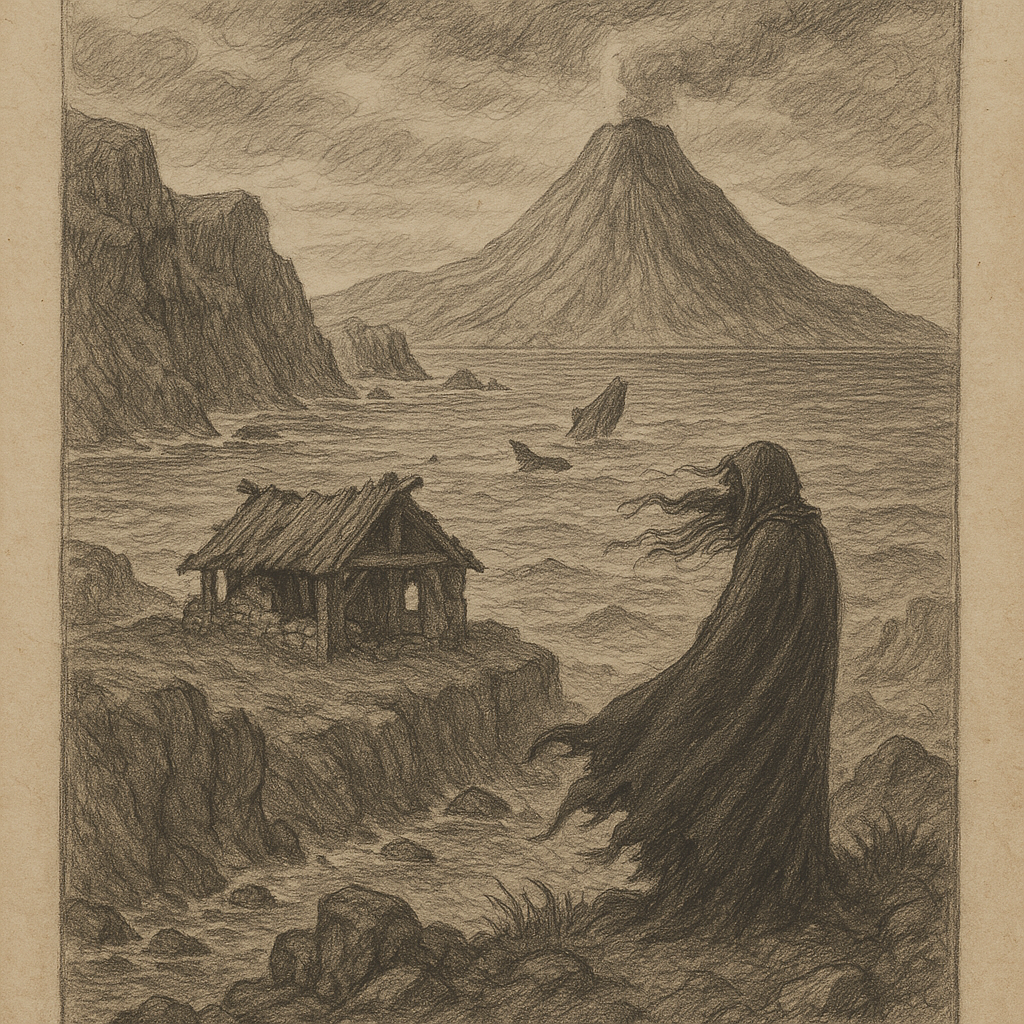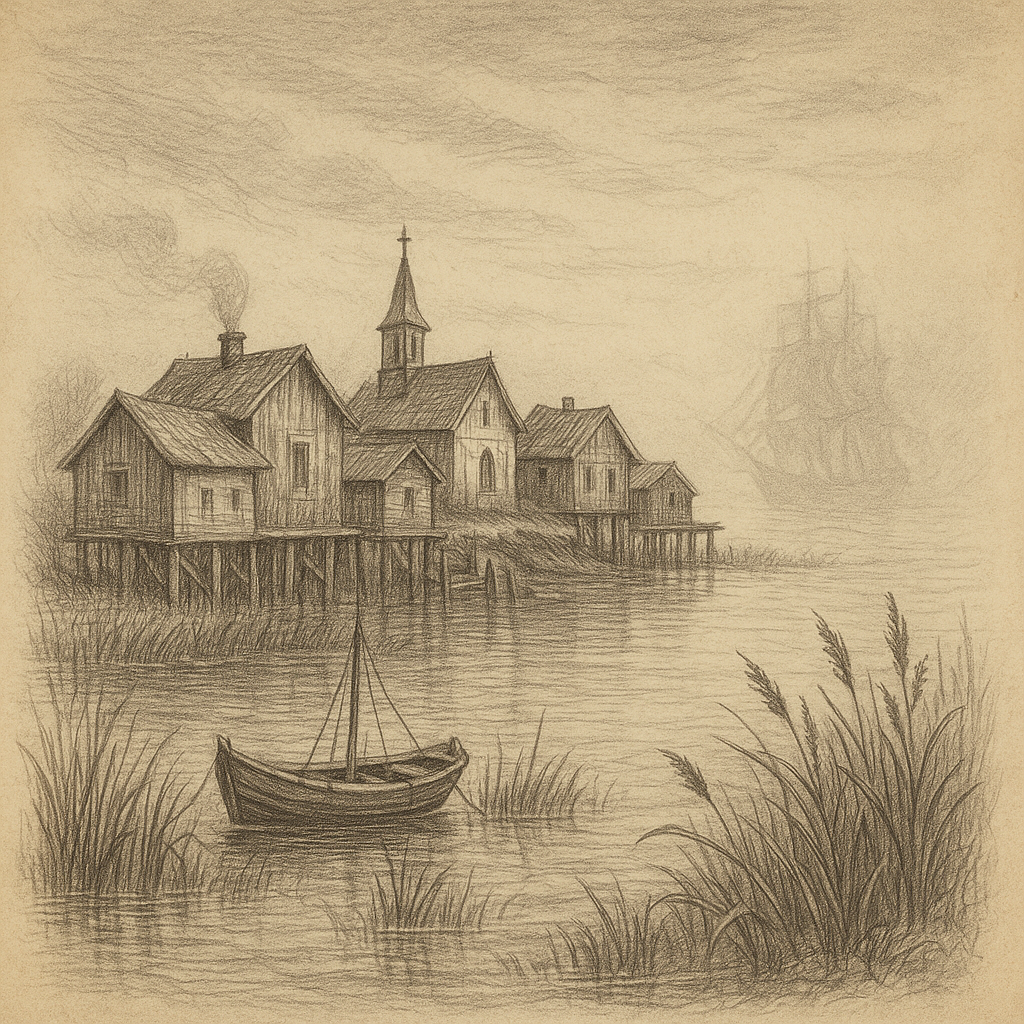Tristan da Cunha Island: One of the Most Remote Inhabited Places on Earth
Tristan da Cunha Island is a remote volcanic island situated in the South Atlantic Ocean. It belongs to a group of islands that form part of a British Overseas Territory known as Saint Helena, Ascension and Tristan da Cunha. This isolated landmass is recognized as the most remote inhabited archipelago in the world, attracting the fascination of geographers, adventurers, and researchers alike.
Geographical Location and Volcanic Origins
Tristan da Cunha is located roughly 2,816 kilometers from South Africa and over 3,360 kilometers from South America, making it extremely isolated from any major landmass. Its closest neighbor is Saint Helena, located over 2,400 kilometers to the north. The island lies atop a shield volcano that emerged from the Atlantic Ocean floor during the Tertiary period. The island’s formation is linked to the Mid-Atlantic Ridge and the Tristan hotspot, creating a volcanic foundation similar to other mid-ocean ridge islands.
The main island, Tristan da Cunha, covers an area of approximately 98 square kilometers with a coastline that stretches around 40 kilometers. The island’s highest point is Queen Mary’s Peak, a stratovolcano rising to 2,062 meters above sea level — often shrouded in clouds and snow during winter months. The volcano last erupted in 1961, prompting a temporary evacuation of the entire population to the United Kingdom.
Climate and Natural Biodiversity
Tristan da Cunha experiences a cool oceanic climate with frequent rainfall, persistent winds, and generally mild temperatures throughout the year. Average annual rainfall is just above 1,600 mm, with winter months tending to be the wettest. Snowfall can occasionally occur on the island’s higher elevations, but is rare in the lower areas where the settlements are located.
The island’s isolated geography has enabled a unique range of flora and fauna to evolve. Tristan da Cunha is home to several endemic plant species, such as the Tristan da Cunha tree, and serves as a crucial breeding ground for seabirds including the endangered Tristan albatross, Atlantic yellow-nosed albatross, and northern rockhopper penguin. The surrounding waters are rich with marine biodiversity, including fur seals, whales, and numerous species of fish. Conservation efforts are ongoing to preserve these vital ecosystems, particularly combating invasive plant species and feral animals introduced by humans in the past.
The Community and Way of Life
Despite its remoteness, Tristan da Cunha supports a small, tightly knit community. As of the most recent figures, the island has a population of around 250 residents, all living in the only settlement known as Edinburgh of the Seven Seas. The islanders are mostly descendants of a few families who settled in the 19th century, and many share common ancestors.
Life on Tristan is unlike anywhere else in the world. The economy relies primarily on subsistence farming, fishing — particularly crayfish or rock lobster export — and a small state-run postal and souvenir trade. Internet and satellite access have gradually improved, though communication with the outside world remains limited. Supplies are delivered by ship, which arrives only a few times per year, often depending on weather conditions. There are no airports; access to the island is only possible by sea, usually on fishing vessels or supply ships operated by the South African government.
Education and healthcare are publicly supported, with a small school up to GCSE level and a hospital staffed by resident medical professionals. Religion and community life are central to daily routines, and the island is governed by a local council in coordination with British authorities.
Interesting Facts about Tristan da Cunha
Tristan da Cunha is full of peculiar facts that reflect its exceptional isolation:
– All residents belong to just a handful of family surnames, including Glass, Green, Hagan, and Rogers.
– There are no cars on the island; residents use tractors and bicycles for transport.
– The island maintains a strict immigration policy — only people born on the island or those with family connections can apply for residence.
– In 2001, Tristan da Cunha issued its own set of banknotes, although they are now collectors’ items rather than legal tender.
– Despite no airport, the island is one of the few places left on Earth with a functioning community and no air connectivity.
Legends and Folklore
As with many isolated communities, Tristan da Cunha is steeped in local legends and oral traditions. One of the most enduring tales is the story of the “Wandering Ship,” a phantom vessel seen by early settlers, said to vanish mysteriously after approaching the island through thick fog. Some believe the ship was a ghostly premonition, symbolizing lives lost at sea or the isolation that defines the island’s existence.
Another legend speaks of the “Lighthouse Man,” a mythical figure who roams Queen Mary’s Peak at night, said to have been a mariner stranded centuries ago. Locals murmur that his glowing lantern can still be seen on stormy nights, guiding lost spirits home or warning of approaching danger.
Various myths also involve the “spirits of Gough Island,” a nearby uninhabited island used in the past as a refuge or landing point for passing sailors. The people of Tristan occasionally refer to Gough’s landforms having voices, heard only by those who spend the night camping there.
Access and Tourism
Getting to Tristan da Cunha is an adventure in itself. Without an airport, access is achieved only via sea voyages — mostly from Cape Town, South Africa, with trips lasting 5 to 7 days depending on conditions. Visits require prior permission from the island council and British authorities, and lodging is very limited, managed on a personal arrangement basis.
Tourism is minimal but growing slowly, mainly attracting researchers, birdwatchers, historians, and curiosity-driven travelers. Expeditions organized by specialized cruise companies occasionally include the island in their itineraries, anchoring offshore for a few hours or days.
Conclusion
Tristan da Cunha stands as a living testament to human resilience in the face of isolation. With its dramatic volcanic terrain, rich biodiversity, tight-knit community, and fascinating folklore, it remains a true gem hidden in the vastness of the South Atlantic. In a world increasingly driven by connectivity and speed, Tristan reminds us of a different rhythm — one of patience, nature, and enduring community values.



